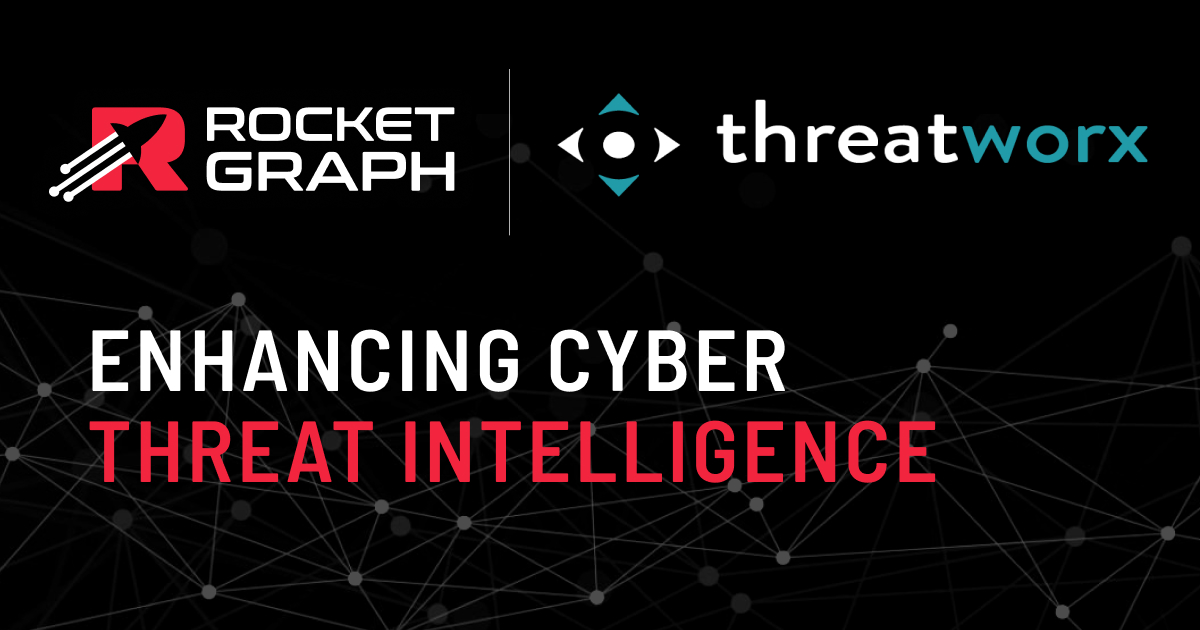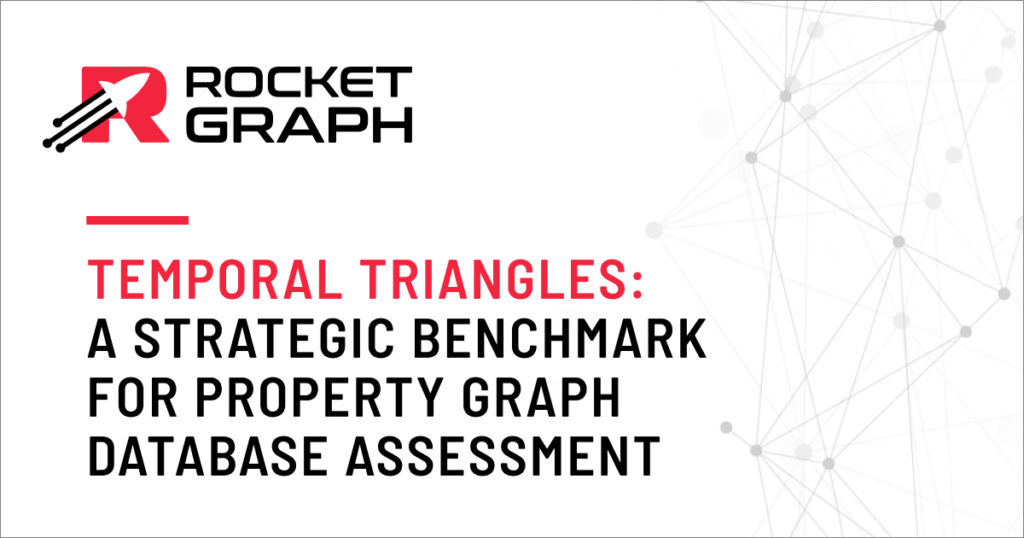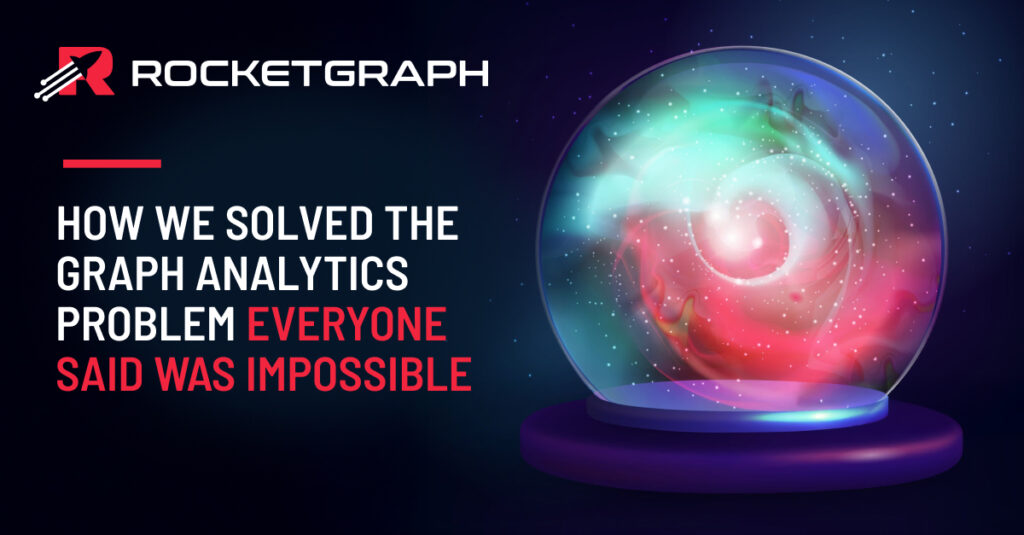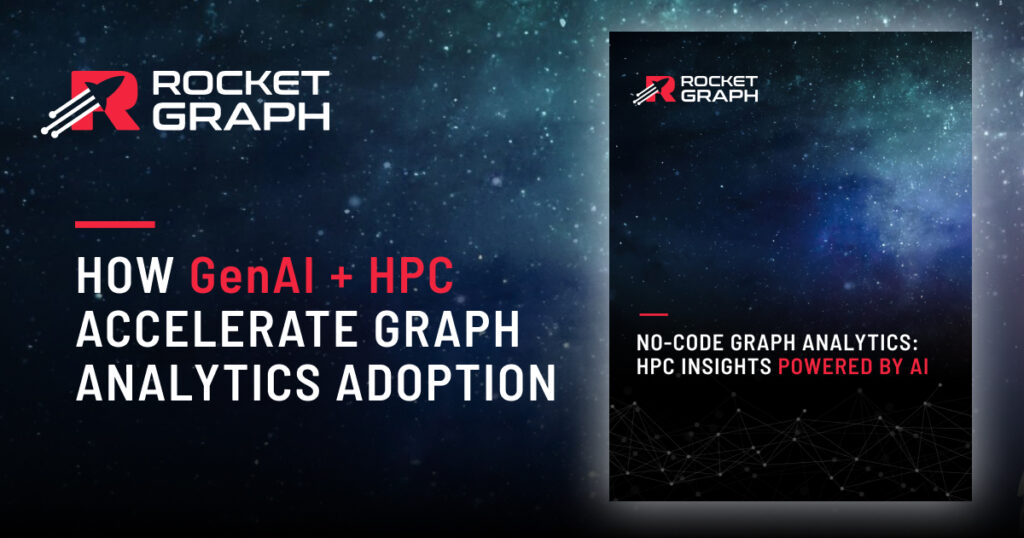In the increasingly interconnected world we live in today, cyber threats are an ever-present fact of life. There are so many things to think about: Are your employees being targeted with phishing attacks which will compromise your systems? Are bad actors trying to encrypt your servers so they can extort your company? Are they already operating invisibly within your enterprise to steal data or sabotage your business? These are all examples of why the practice of Cyber Threat Intelligence (CTI) is becoming very common in organizations worldwide today.
Cyber Threat Intelligence (CTI) is the process of collecting, analyzing, and applying information about current and potential cyber threats. It provides context—such as who is attacking, what their motivations are, what tools and tactics they use, and what vulnerabilities they exploit—so organizations can proactively defend themselves.
For example, in Q2 2025, Viasat – a major U.S. company that beams high-speed internet and secure communications via satellite to customers around the world – suffered a major breach in which a threat actor gained access by exploiting an IT asset. This breach was a result of the threat actor translating vulnerabilities into exploits and weaponizing them.
This is all too common today, in part because many CTI teams use both premium (e.g., Mandiant) and open-source threat intel feeds. Premium feeds lack customization, while open-source ones are noisy and hard to correlate. CTI teams seek visibility into precise, real-time intel tailored to their attack surface, with clear remediation steps and early warning on emerging threats to prevent impact.
Threatworx delivers the best of both worlds. Their solution provides noise-reduced, filtered, correlated and customized delivery of existing and emerging threats and their remediations from across thousands of sources on both public and dark webs.
However, bad actors are constantly inventing new ways to compromise your organization, and while rapid response to a cyber-attack is greatly improved with Threatworx, it is increasingly important to stop the attack before it happens with threat identification and remediation.
This is where Rocketgraph comes in. With a knowledge graph showing the relationships between threats, impacts and assets, customers can stop the attack before it happens. First, they can easily visualize and predict the likely impact of new and existing threats to their business before they manifest. Second, this provides complete context from malware to vulnerabilities to impact on the attack surface along with actual remediations where possible. Third, this allows customers to pinpoint areas within the attack surface where threats can be mitigated the fastest.
But how would this work in the real world? Here’s an example:
On Day 1, a new vulnerability is reported. Since it is new and not mapped to any known exploits or malware It is considered low impact and low risk for now.
On Day 2, an exploit for the vulnerability is published on the www, raising the risk profile.
On Day 3, the exploit is weaponized in malware by a bad actor. Now the threat is tangible and active.
On Day 4, the enterprise detects a vulnerability in the enterprise – the malware now has a way into the enterprise network.
Throughout these events, the graph can identify the chain of events as growing increasingly critical and provide enough information and context for the CTI team to do their job more efficiently and prevent the malware from damaging your business and reputation.
Don’t wait until after your customers’ data has been stolen or your organization is brought down for days due to a cyber attack. Click here to request a conversation with us on how to get ahead of the threats, preserve the trust of your customers, and preserve the integrity of your business.




